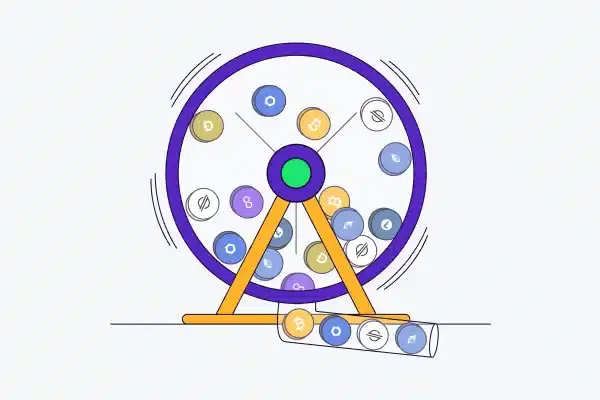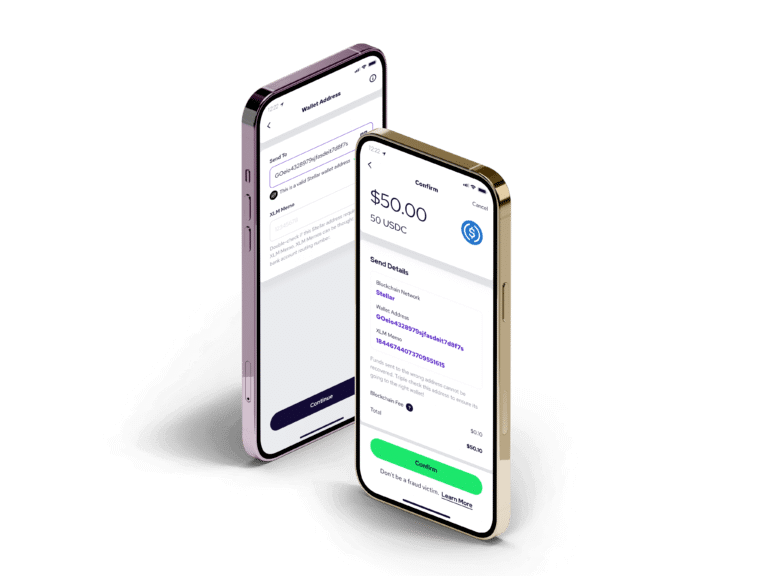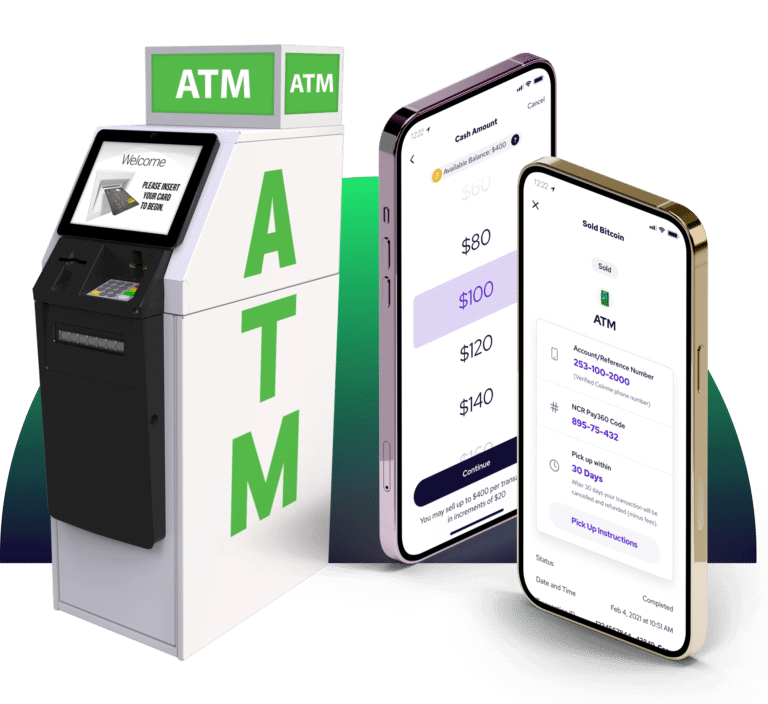Overview
Today, there are more than 19,000 cryptocurrencies, with more emerging every day. A basic economic framework to evaluate different digital assets from a high level with tokenomics and cryptonomics.
When Bitcoin was first introduced in 2009, it launched more than the world’s first decentralized blockchain. It also inspired a massive movement (or revolution).
Today there are more than 19,000 cryptocurrencies, with more emerging every day. Each has unique features, addresses specific uses, or offers a kind of digital utility.
While it’s impossible to know about or examine each crypto asset, it is possible to develop a basic economic framework to evaluate different digital assets from a high level, which is where cryptonomics and tokenomics come into play.

Coins vs. tokens
One of the first things to consider is whether the asset is a “coin” or a “token.” It’s important to note that this kind of classification isn’t spotless because many people and publications use the terms coin and token interchangeably.
However, by way of having a kind of crypto taxonomy, understanding the basic breakdown of what makes a coin, a coin, and a token, a token, is essential.
Coins
Coins are assets native to a protocol and have the primary use (and value) of maintaining the overall network. The asset bitcoin is the native coin of the Bitcoin network, for example. Ether is the native coin of the Ethereum network. And doge is the native coin of the Dogecoin network.
Coins can have uses beyond just network upkeep. For example, as underlying networks become more popular and more people use them, their related assets start to have economic value derived from the function of the protocol.
One use for bitcoin is as a digital store of value because the Bitcoin network is considered one of the world’s most secure,decentralized computing networks. This gives bitcoin the digital asset equivalent of durability and scarcity.
Ether is viewed as valuable because it is the unit of account for the growing Ethereum ecosystem. Ethereum is becoming a massive application layer for decentralized products and services. So as the Ethereum network grows, so does the underlying value of ether as an asset.
Tokens
Tokens are similar to coins in that they are digital assets that often relate to an underlying project. The most significant difference is that they don’t have their blockchain but instead rely on another chain as the underlying infrastructure.
There are several reasons for token systems to do rely on outside blockchains for infrastructure. One of the main purpose for this is that they can harness the security and systems (such as supported wallets) as a form of leverage without having to spin up an independent chain. Examples of tokens in the top 20 assets by market cap include:
- Polygon (MATIC) is an Ethereum-based ERC-20 — a common Ethereum token standard — an asset focused on creating scaling solutions for blockchain-based activities.
- DAI — is an Ethereum-based stablecoin (meaning its value is pegged to the U.S. dollar and collateralized by other digital assets via smart contract.
- Wrapped Bitcoin (WBTC) — is an Ethereum ERC-20 token that allows users to peg eth to the value of bitcoin without actually holding bitcoin, which can be helpful in advanced trading and financial markets.
Cryptonomics and tokenomics
One of the most exciting things emerging from the digital asset space is the innovation happening in the blockchain tech space. Not only on the computation and distributed systems side but also the economics side.
Much experimentation and competition is happening for the best way to incentivize and govern decentralized behavior and organization (which is essentially why cryptocurrencies and crypto tokens are vital to the system).
Besides the big picture stuff, having a basic handle on cryptonomics and tokenomics is helpful for everyday participants in the crypto space. Whether it’s evaluating a project’s potential from an investment perspective or trying to understand the impact of the tech, getting a handle on the underlying economics should be part of basic crypto due diligence.
New economics for a new asset class
Cryptonomics and tokenomics differ from traditional economics primarily because of their scope. Traditional economics looks at existing resources, money supply, production growth and how these elements impact society.
Crypto-based economics expands to take on more predictive approaches. Projects are constantly developing new cryptocurrencies, and crypto generally is more recent than traditional economic studies. Therefore, cryptonomics and tokenomics have an expanded range to assess elements affecting an asset’s design phase. Developers consider the outcomes of their projects and use these factors to determine details.
The ten factors affecting cryptonomics and tokenomics
- Market capitalization: A cryptocurrency’s market capitalization, or market cap, is the total value of all its currently circulating coins/tokens. Since an asset’s market cap also considers its price, it gives an idea of both a token’s value and popularity.
- Maximum supply: An asset’s max supply is the maximum number of coins/tokens that will ever exist. Once an asset reaches its maximum supply, the project or network will generate no more of its coins/tokens.
- Supply and demand: As with many resources, supply and demand significantly influence digital asset value. For this reason, having a limited supply can increase asset prices due to scarcity. Not all coins/tokens have a maximum supply.
- Token or Coin Burning: Token or coin burning refers to permanently taking a number of a cryptocurrency’s tokens out of circulation. This could happen because of governance (the community decided to limit the supply) or make the asset deflationary, increasing scarcity over time. For example, an update to the Ethereum network in August 2021 implemented a burn mechanism that destroyed over 2 million ether. This affects the cryptocurrency’s supply, which can dramatically affect its value.
- Coin or Token Type: Understanding the asset’s purpose or utility is crucial to understanding its economic dynamics. Some assets are designed to have a fixed price (such as stablecoins), while others have a massive supply to keep the price low (like Cardano, for example). Still, others derive values based on popularity or fads, such as some non-fungible tokens (NFTs). The four main types of crypto tokens are payment, utility, security and stablecoins. A token’s type determines its use case.
- Distribution: There are several ways that new blockchains and digital assets initially launch. The way that digital assets first hit the market can impact their long-term health, viability, and overall perception of fairness. This was especially the case during the initial coin offering (ICO) craze of 2017-2018 when lots of coins/tokens appeared with minimal guidance or oversight, and some were little more than scams and outright fraud.
Today there are many acceptable ways to execute a crypto asset or token launch; here are three examples.
- Premine: This means that founders, early developers, and investors get a share of the coins or tokens before the public can acquire them. The most prominent examples (and still controversial) were when the Ethereum network launched, and the digital asset Ripple launched. Both systems awarded vast amounts of the currency to their founders or pre-launch adopters. Premines and significant founder’s awards are primarily a thing of the past, but it is something to pay attention to when researching new assets.
- Airdrop: A newer trend is for assets to launch by depositing assets into their users' wallets — either people that participated in the community before the launch or have a related wallet or use associated services.
- Fair launch: This means the asset launches without any pre-existing holdings or users. While this is the most equitable way to launch a crypto project, it is also risky.
- Consensus: In crypto, achieving decentralized network consensus is fundamental to how the systems operate. This is one of the most significant innovations created by blockchain. There are a few ways to achieve decentralized consensus, but the two most popular are proof-of-work (mining) and proof-of-stake (capital). Bitcoin uses proof-of-work, which demands heavy computation to create new data blocks. “Miners” are specifically equipped computer rigs (more like data centers) that compete for a block reward — paid in bitcoin — which is issued when consensus is achieved and transaction data is validated every ten minutes. Ethereum recently switched from proof-of-work to proof-of-stake, which relies on network users to stake capital to become validator nodes. The network chooses validator nodes to confirm transaction details and create new blocks to earn a block reward. If validators act outside of pre-set parameters, they then lose their stake.
- Return on investment: A cryptocurrency’s return on investment (ROI) is the total value you’ve gained or lost since first purchasing the token. For instance, if you buy a token/coin for $250 and later sell it for $450, your ROI is $200.
- Community: One of the most significant factors affecting a cryptocurrency’s value is the public’s view that it will grow. If people believe a token has potential, they’re likely to invest in it, which drives its demand. As more people buy a token, its value increases.
- Game theory: Game theory is where cryptonomics and tokenomics get a bit complex. At its core, game theory uses mathematics to lay out and assess human behavior from the decision-making perspective. Developers use game theory to create strategies that will keep their cryptocurrency projects afloat and lead toward success. They seek to craft solutions for potential situations that could arise and counter their progress. Developers create protocols for security, trust, and rewards on the blockchain. These systems are foundational to crypto and promote the functions of blockchain technology.
The many aspects of crypto
Several aspects go into making a cryptocurrency appealing to investors. First, considering an asset’s economics can better understand that particular crypto and make educated decisions.
Once you’ve determined a cryptocurrency is suitable for your wallet, you can use Coinme to make your purchase. Our thousands of locations make it convenient for you to buy crypto. And with access to a blog full of articles about cryptocurrency, you’re on your way to learning everything you need to know to be an informed crypto investor.


